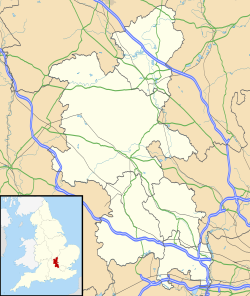| Kents Hill, Monkston and Brinklow | |
|---|---|
Location within Buckinghamshire | |
 | |
| Interactive map of Kents Hill, Monkston and Brinklow | |
| Population | 8,344 (2011 Census) [1] |
| OS grid reference | SP895371 |
| Civil parish |
|
| District | |
| Unitary authority | |
| Ceremonial county | |
| Region | |
| Country | England |
| Sovereign state | United Kingdom |
| Post town | MILTON KEYNES |
| Postcode district | MK9, MK10 |
| Dialling code | 01908 |
| Police | Thames Valley |
| Fire | Buckinghamshire |
| Ambulance | South Central |
| UK Parliament | |
Kents Hill, Monkston and Brinklow is a civil parish that covers the Kents Hill, Brinklow, Monkston, Monkston Park and Kingston neighborhoods of Milton Keynes in Buckinghamshire, England. [2] As the first tier of Local Government, the Parish Council is responsible for the people, living and working in this area of Milton Keynes.
Contents
- Districts of the parish
- Kents Hill
- Monkston and Monkston Park
- Kingston
- Brinklow
- Electoral ward
- References
- External links
The Parish was formed in 2001 as part of a general parishing of the Borough. It is bounded by Chaffron Way, the Broughton Brook, Newport Road, Groveway, Brickhill Street, Standing Way, and the River Ouzel.

